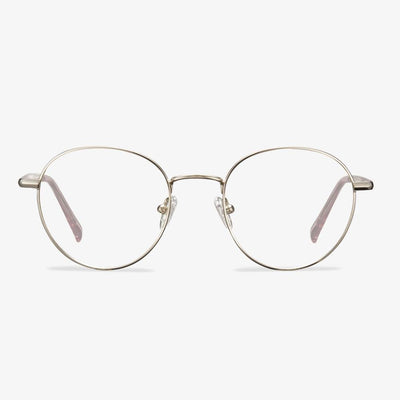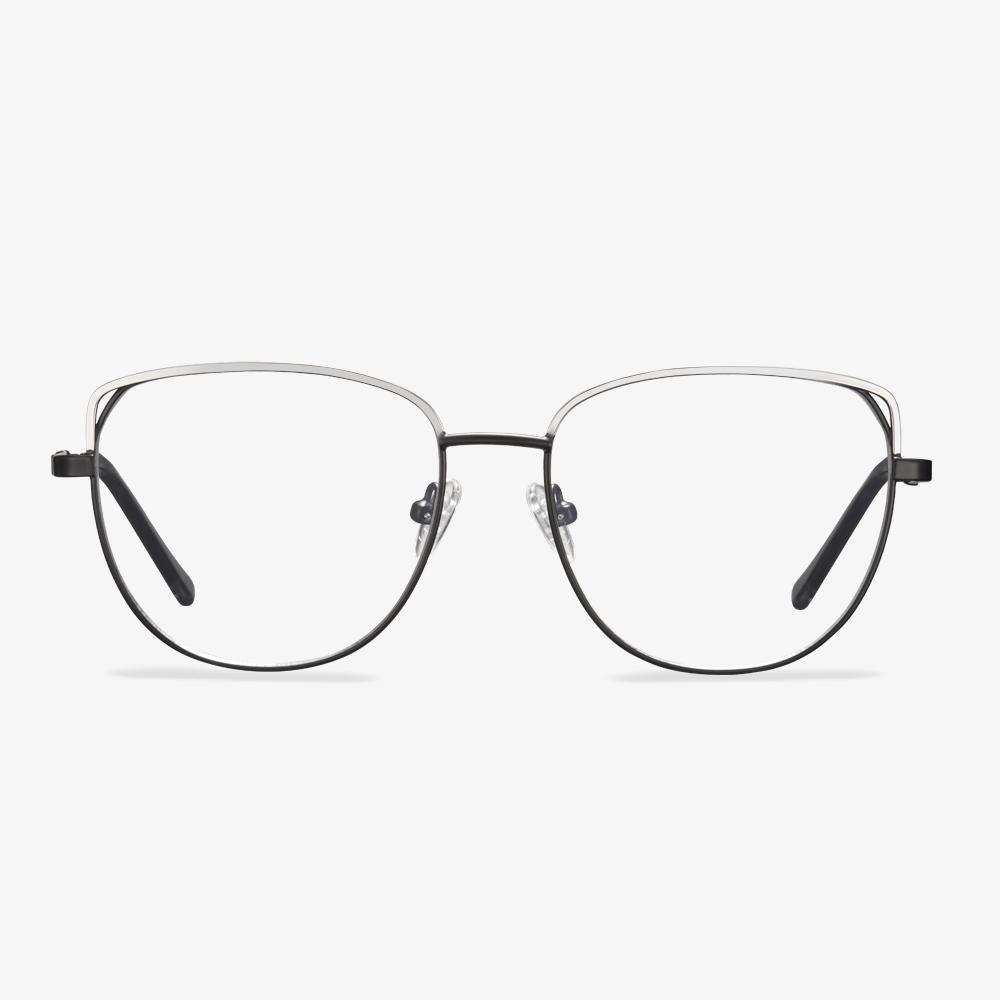How to Get Used to Progressive Lenses?
How to adjust to a pair of new glasses? How long does it take to adjust to a new pair of glasses? In general, there are several ways for adjusting to progressive lenses. In this section, we will show you some of them.
- Put on your new progressive glasses in the morning and wear them for at least one hour or two. The next morning, try a few more hours. Develop your tolerance to adjust to them.
- When you walk, look straight ahead, not down at your feet. And, point your nose in the direction you want to look, not just looking left or right with your eyes.
- Don’t switch between your new pair and the old one frequently.
- Make sure your progressive glasses fit properly and don’t slide down your nose.
- When you read, don’t move your eyes or head. Move the page or paper instead.
- Set your computer screen below eye level. You can achieve that by adjusting your desk or chair.
How to know if lens is polarized?
Make use of LCD screens. Point the glasses horizontally at the LCD screen and then rotate them upward by 45 degrees clockwise. If it is a polarized lens, it will show a change in color deepening. If it does not change no matter how you rotate it, it is not a polarized lens. You can borrow another person's polarized lens or have previously worn a known true polarizer, and place it crossover with the new glasses you want to buy. At this time, you should see the object clearly from the crossover part with your eyes. Then cross the glasses vertically and horizontally, and at this point, the opposite object should not be visible from the intersection. If this condition is satisfied, it means that a true polarized lens is being tested.
How To Use Contact Lens Correctly?
A periodic review is necessary. In the process of wearing contact lenses, the eyes may change due to the existence of contact lenses. At the same time, in the process of wearing contact lenses, the lens may be polluted, damaged, and have other changes. This is to check regularly to prevent damage to the eyes. Usually, the recommended review period is one week, one month, three months, half a year, and once every half a year after wearing it.
About Glasses Donation
Some enterprises adhere to the quality of survival. They always adhere to the credibility and development of the business philosophy, investing in public welfare undertakings and fulfill their social responsibilities. They donate glasses, have free vision tests, and put forward reasonable love eye care advice according to the results of the test to the public.
Points To Note When Choosing Frames
Choose a frame with lightweight, good elasticity, and stable structure. The lens frame with poor quality tends to deform in use, which affects the optical properties of the glasses. Pay attention to whether the two sides of the frame are symmetrical and whether it is fixed and safe enough. Pay attention to whether there are scratches on the surface of the frame. Just put on the glasses to feel if it is very tight or very loose, and they must be tight to reach the saturation condition. Pay attention to distinguish the advantages and disadvantages of the coating. The better coating frame has a uniform color, smooth surface, and clear identification. After using the frame with poor coating quality, the frame will soon rust and fall off, affecting the life of the frame, and even causing skin discomfort or allergy.
Rimless Glasses 393014
They are not heavy, with a nose pad and spring hinge. It is a metal alloy frame, and it has a designer acetate temple. This pair of glasses show lens shape #226. These different lens shapes and selection of size can greatly change the overall look and final size.
The design evolution of progressive lenses
Spherical and aspheric designs
The design of the front surface of the far-use area of the early progressive lens is similar to that of the ordinary spherical single vision lenses, so it is called a spherical progressive lens. Since 1974, the front surface of the far-use region of the lens is designed to be aspheric by designers, which not only reduces the peripheral aberration but makes the lens thinner, lighter, and less powerful.
Hard and soft design
For hard design, the channel is short, and the gradient is large. The near-use area position is high. The effective visual area of remote and near-use areas was larger. Peripheral astigmatism is relatively concentrated. Because surrounding astigmatism increases rapidly and the distribution is dense, the curve effect is more obvious. The gradient area is narrow. It is more difficult and takes longer for wearers to adapt.
Lenses with soft designs have slower gradients, longer gradients, and wider gradients. The angle of rotation of the eye from the far area to the near area is greater. It's easier to get used to. Compared with the hard design, the effective visual area of the far and near use areas is smaller, and the location of the near use area is lower.
Single, diverse, and individualized design
Initially, the progressive lenses used a single design, in which each basic curve was scaled equally and a luminosity combination was added within the range of its semi-finished lens blanks. The steepest base curve uses the same lens design as the flattest base curve. Lenses designers quickly realized that the overall performance of the lens could be improved by microcustomizing the lens design, leading to progressive lenses with multiple designs. This kind of design is called diverse design. By the mid-1990s, there was the emergence of individualized lens designs. In addition to using different gradients, these first individualized lens designs used steeper baseline curves with a slightly larger approach area to compensate for increased magnification and reduced field of view.
Symmetrical and asymmetric design
There is no difference between the left and right eyes in the symmetrical design of progressive lenses. As the eyes turn inward when they see near objects, the gradual gradient area gradually tilts to the nasal side from top to bottom, so the left/right progressive lenses should be rotated clockwise/counterclockwise respectively during processing. An asymptotic lens with left and right eye divisions is called an asymmetric design. The gradient is gradually and moderately inclined to the nasal side from top to bottom. The refractive force, astigmatism, and vertical prism of the two sides of the left and right gradient of the asymmetric design lenses are basically similar. At the same time, considering the characteristics of eye movement parameters in binocular vision, the peripheral aberrations of the corresponding positions of the left and right lenses were appropriately balanced to improve the visual effect of the wearer.


















































